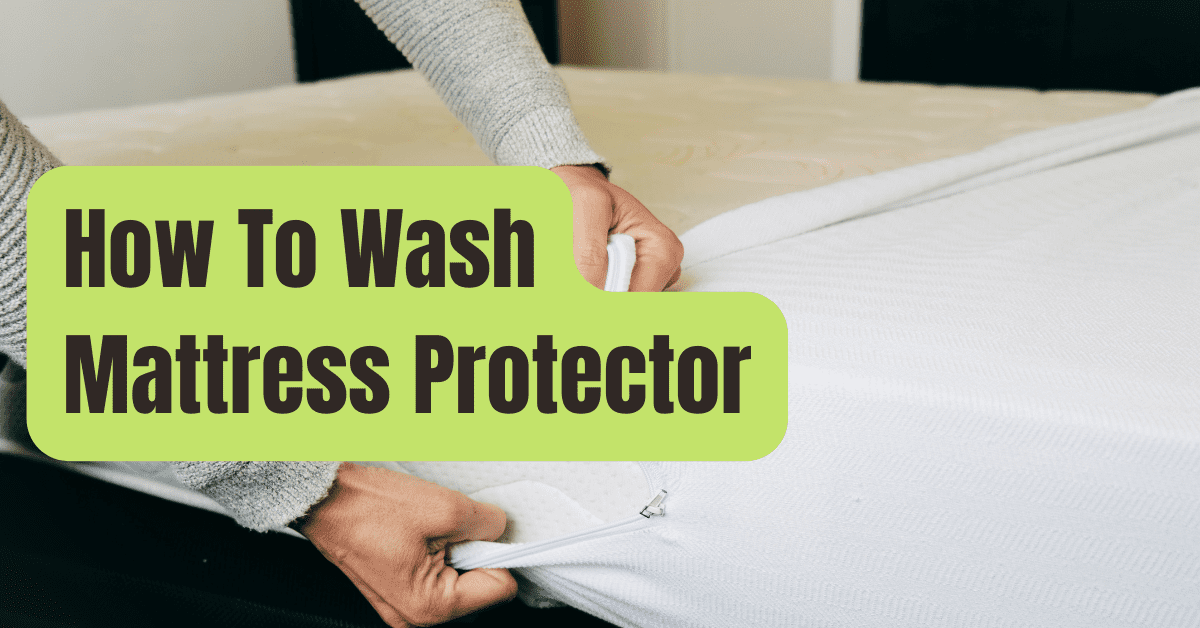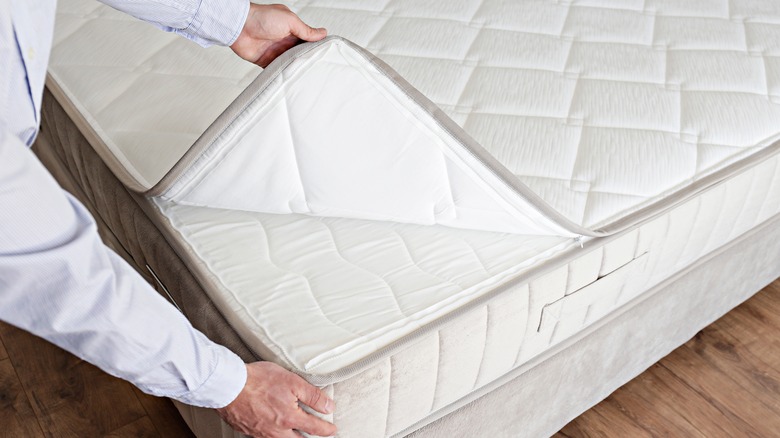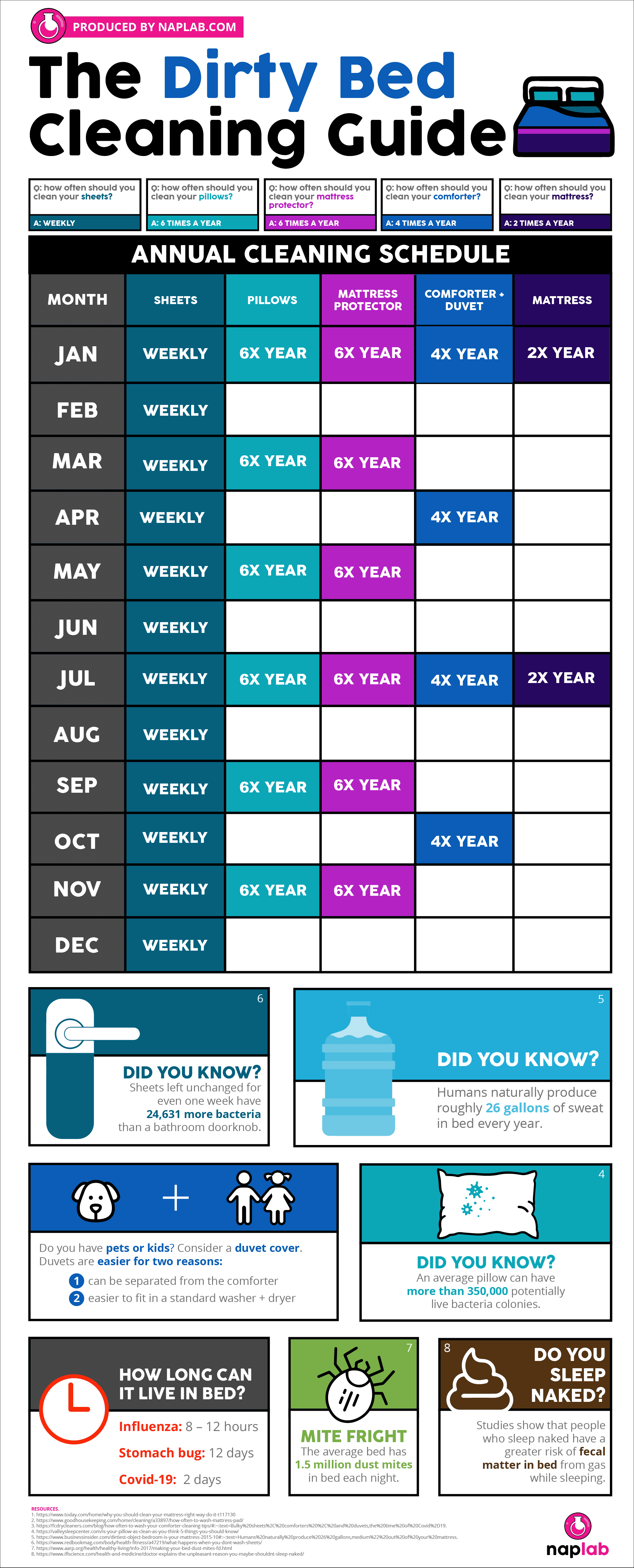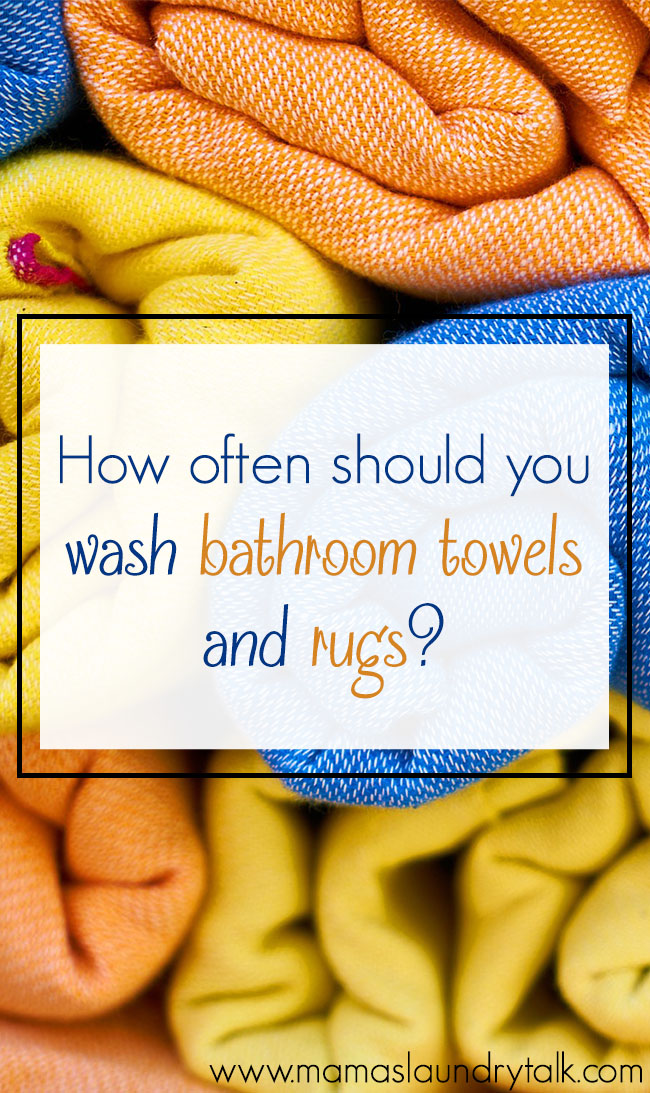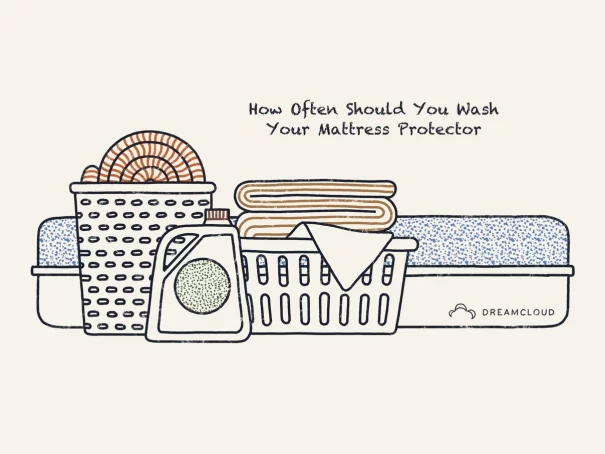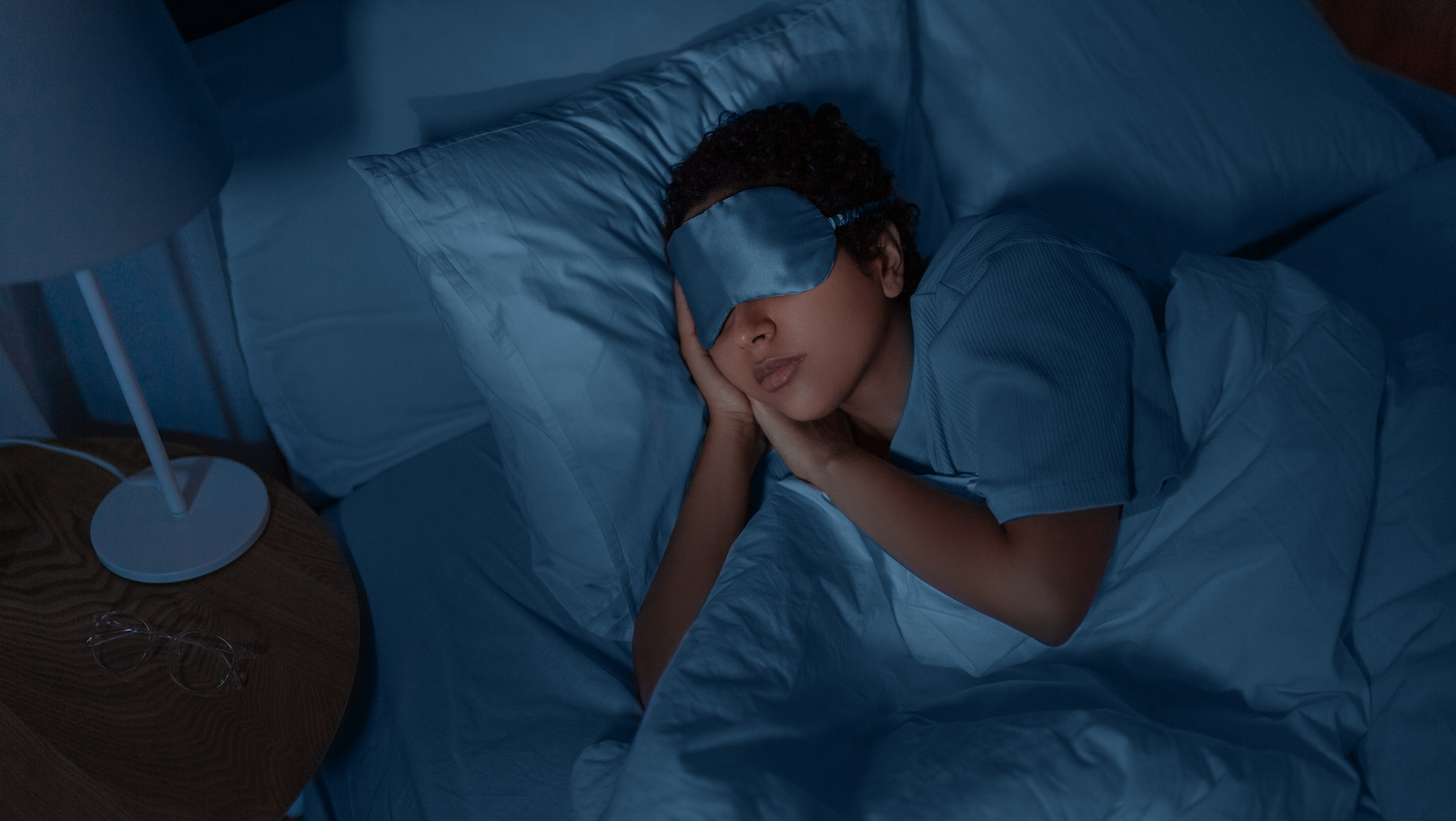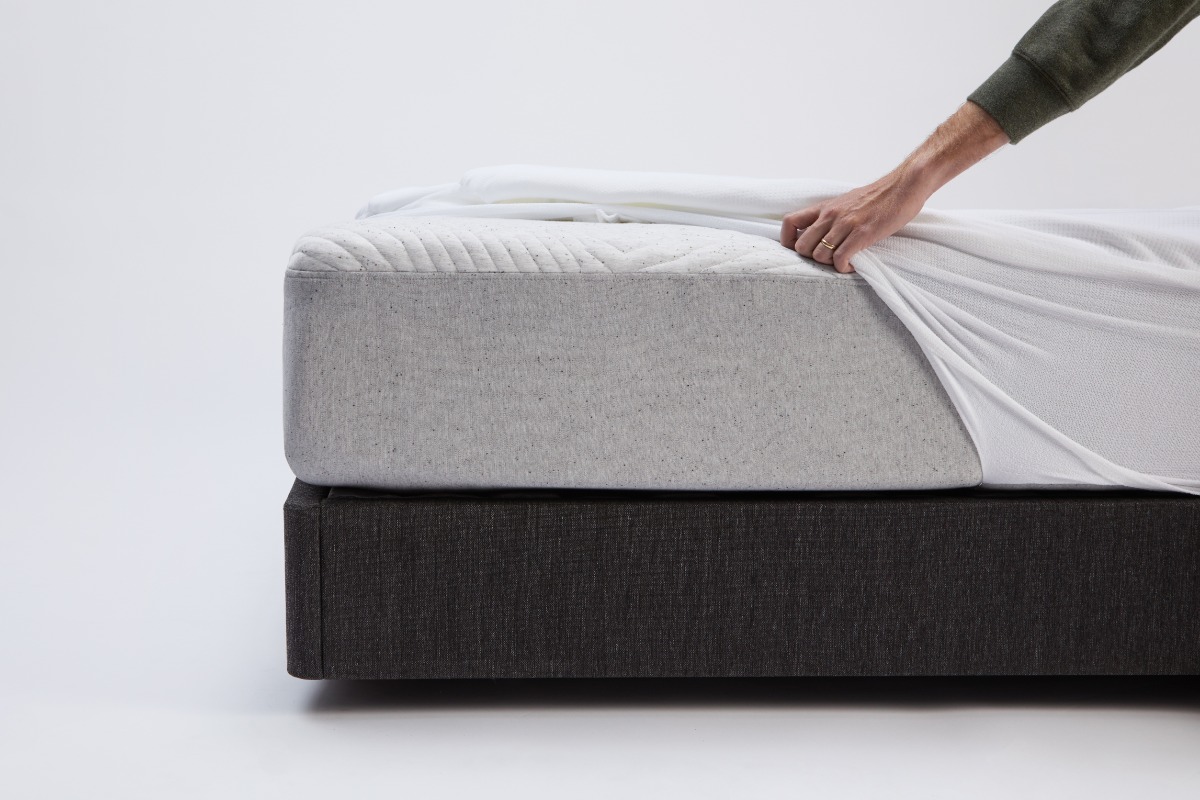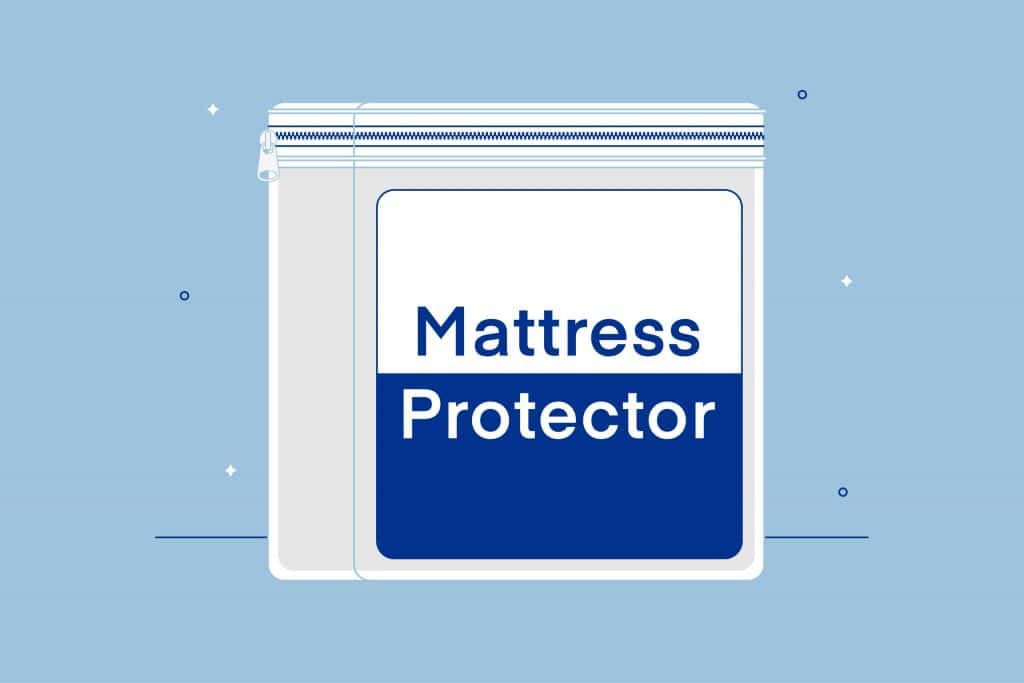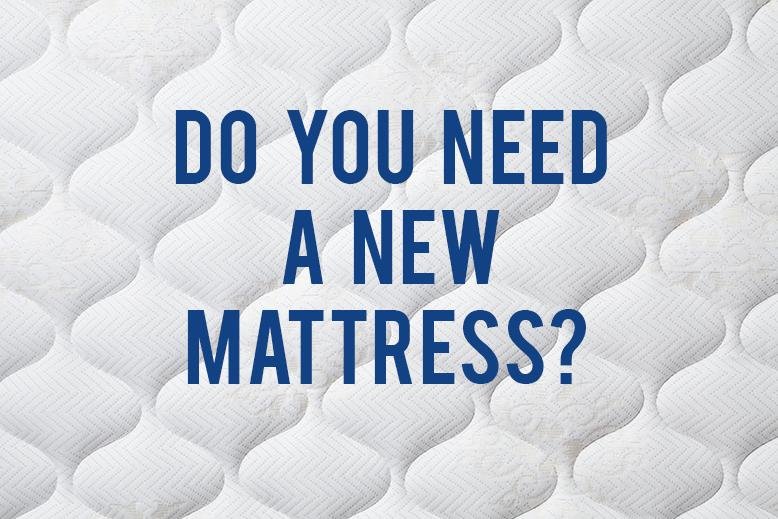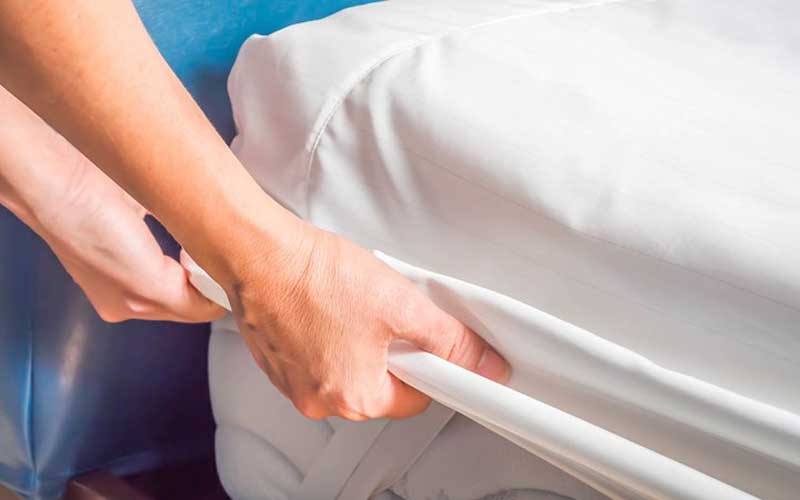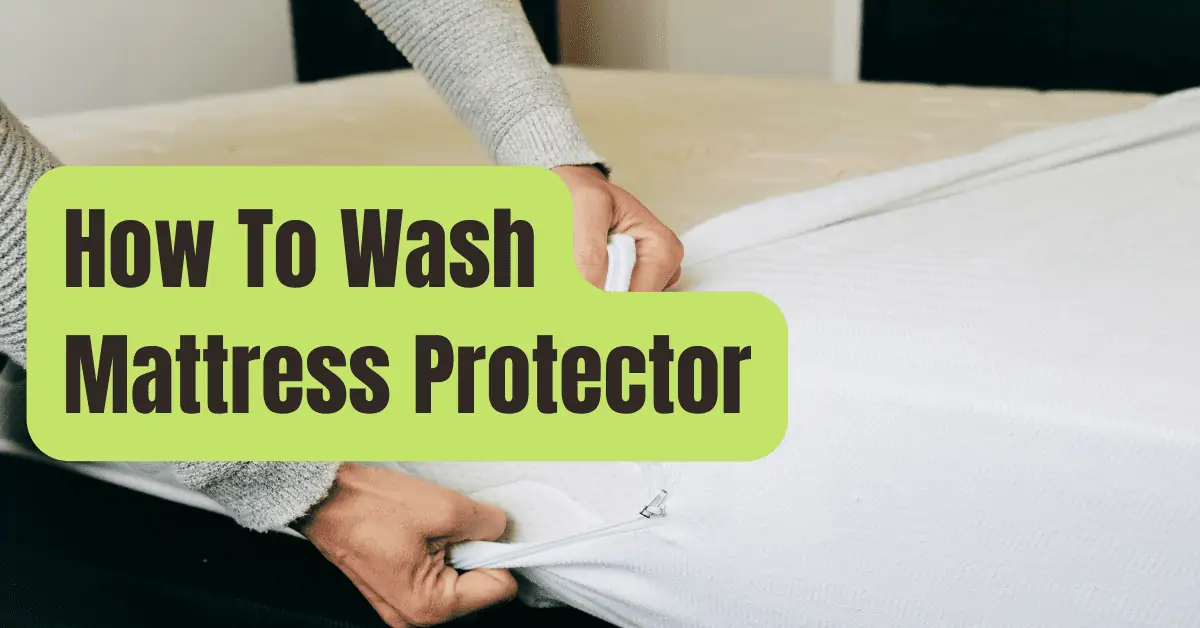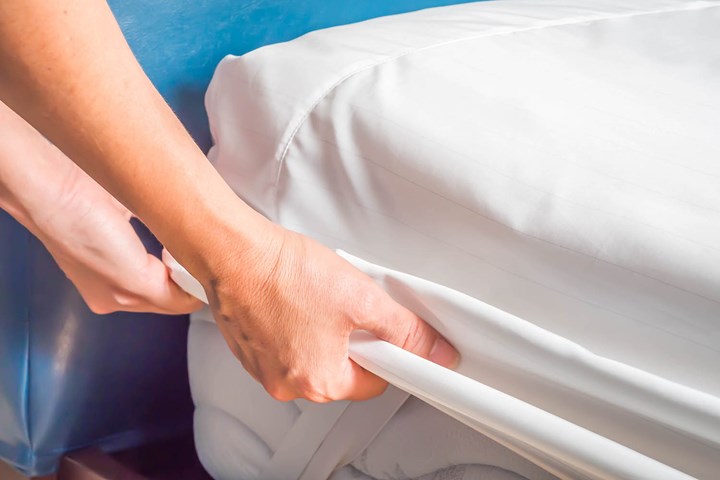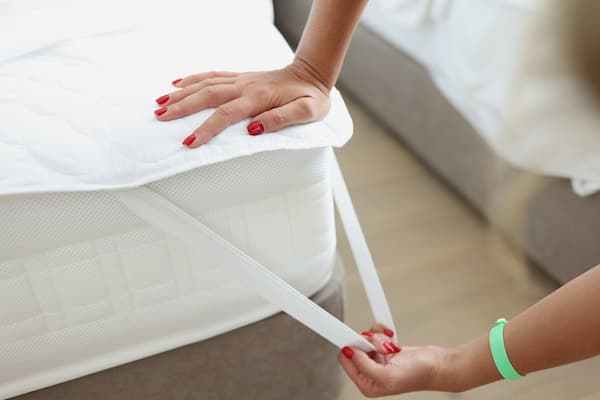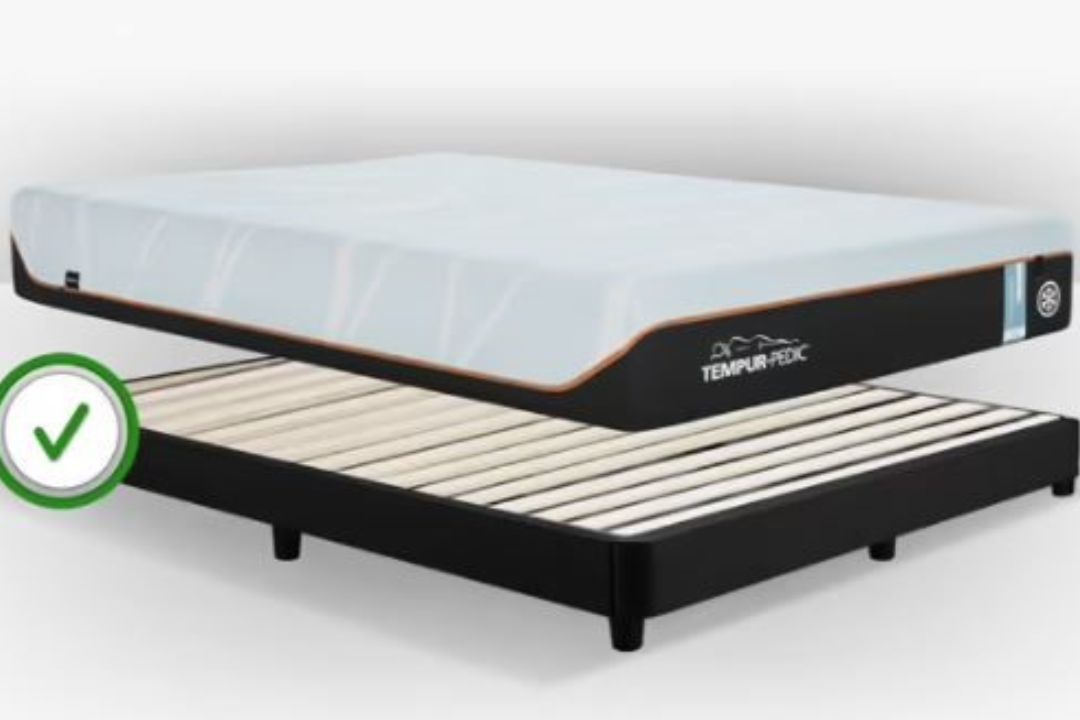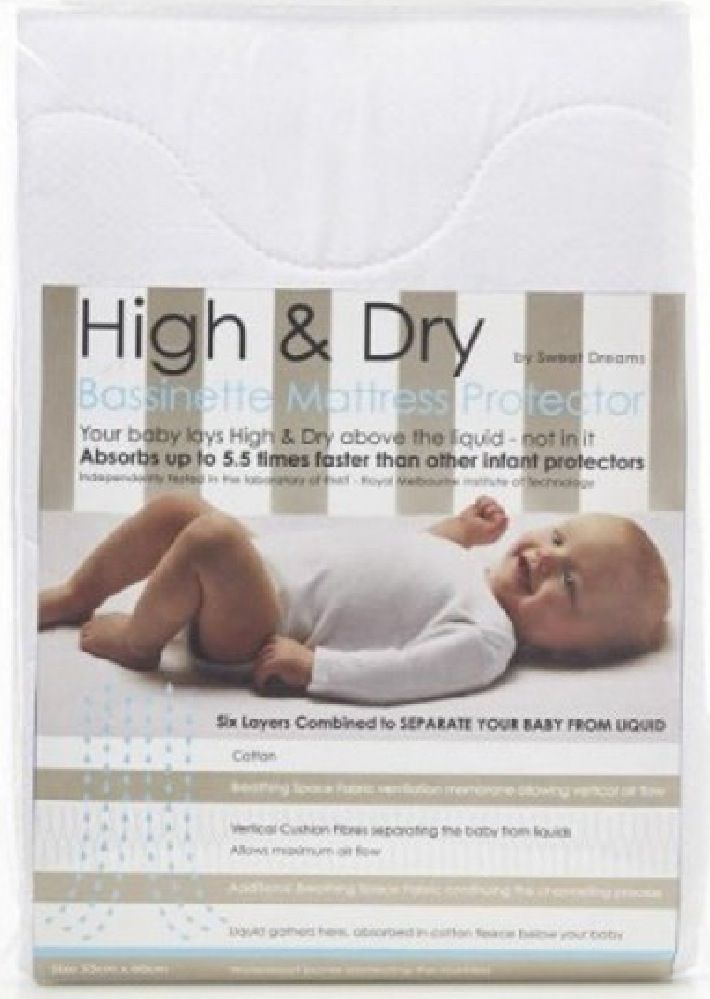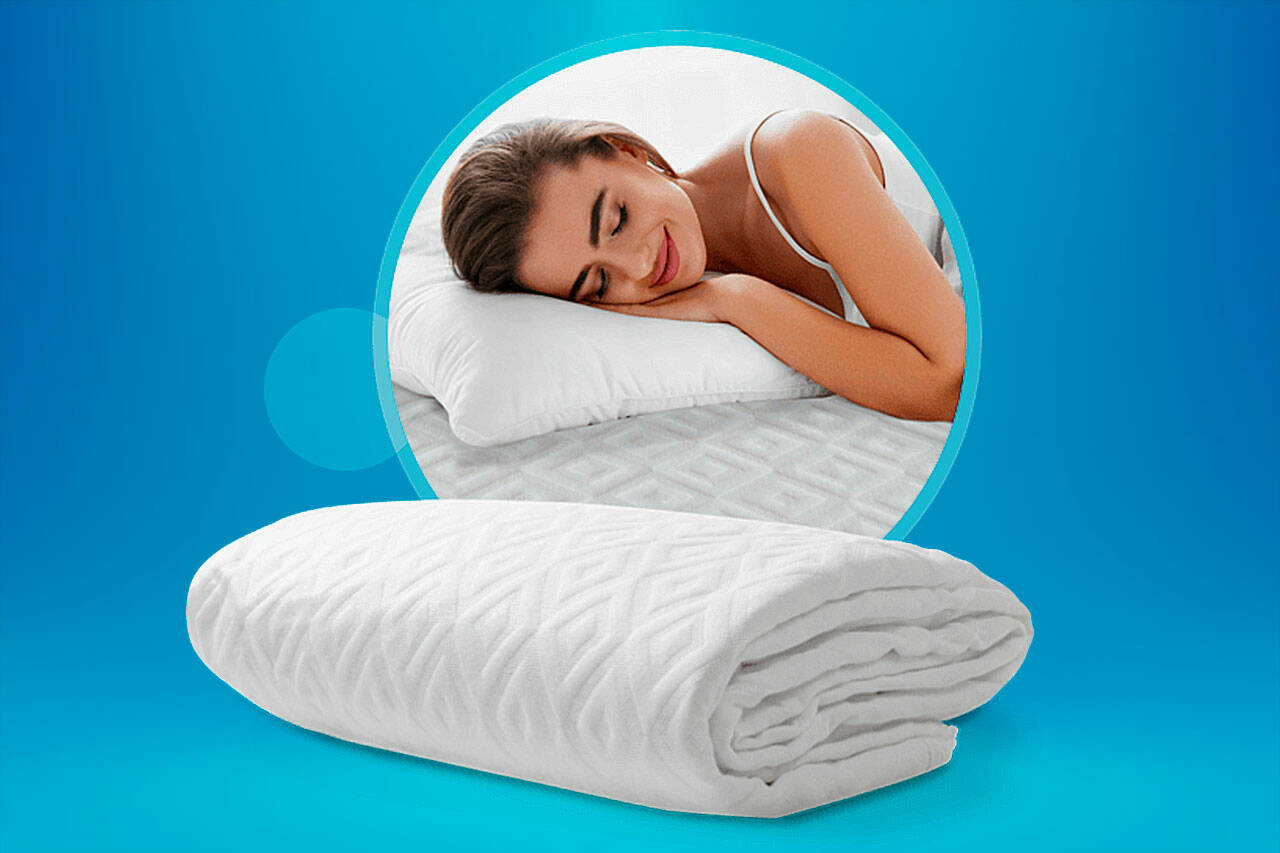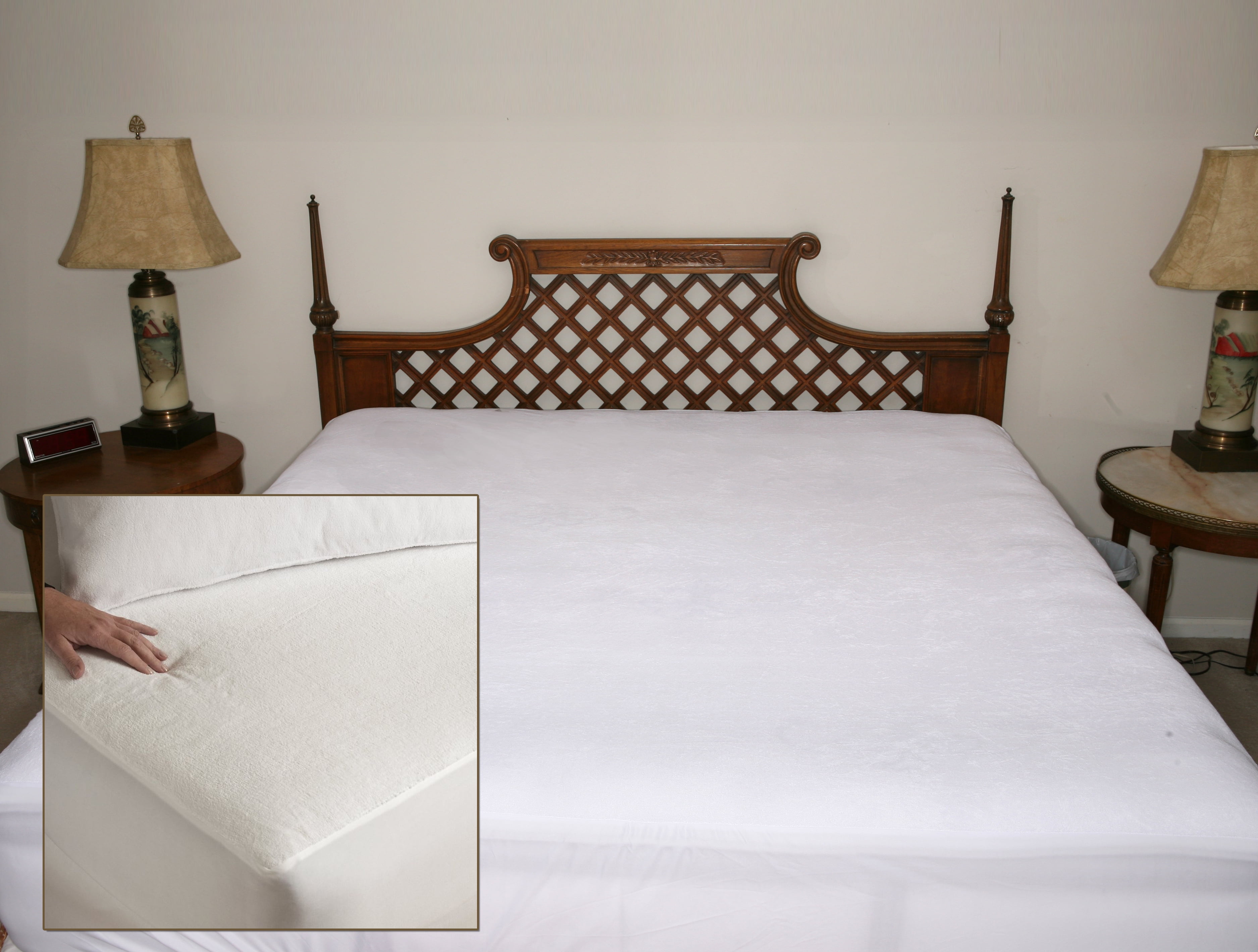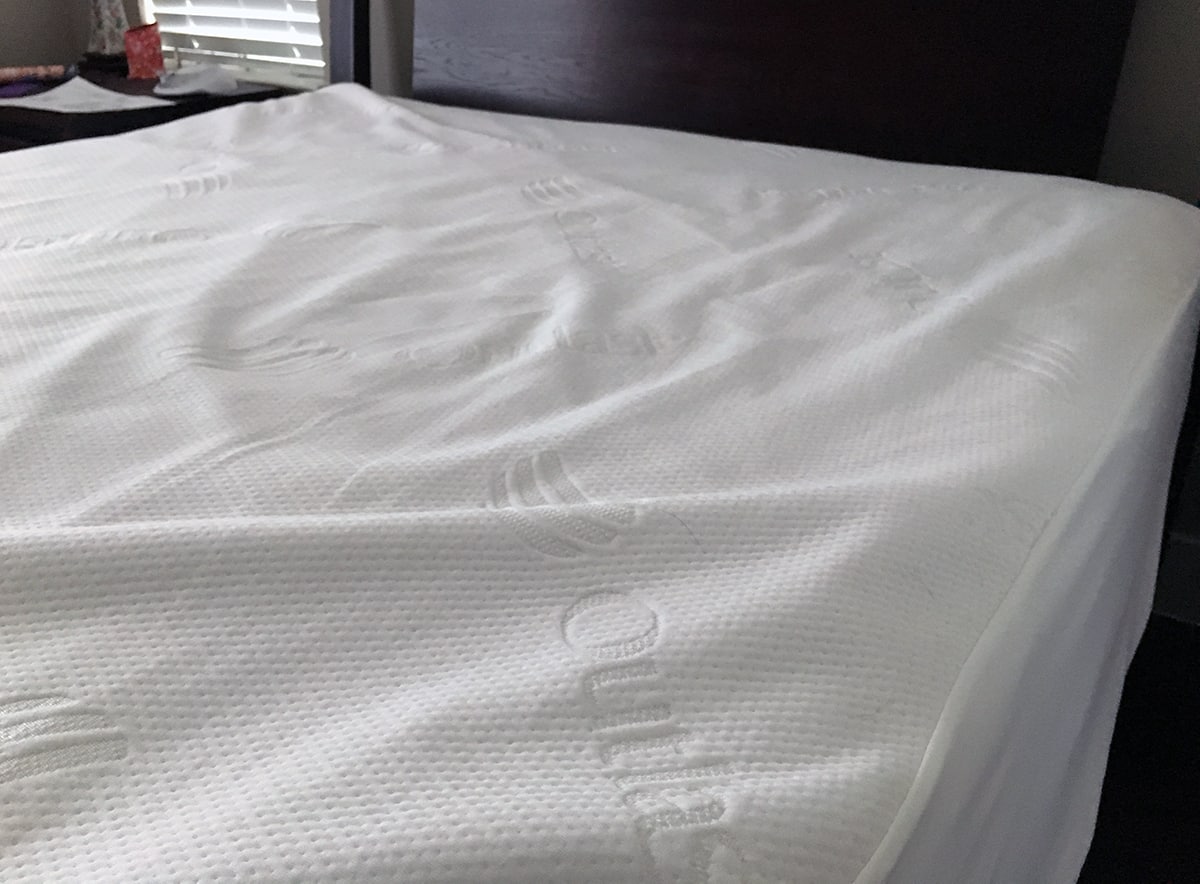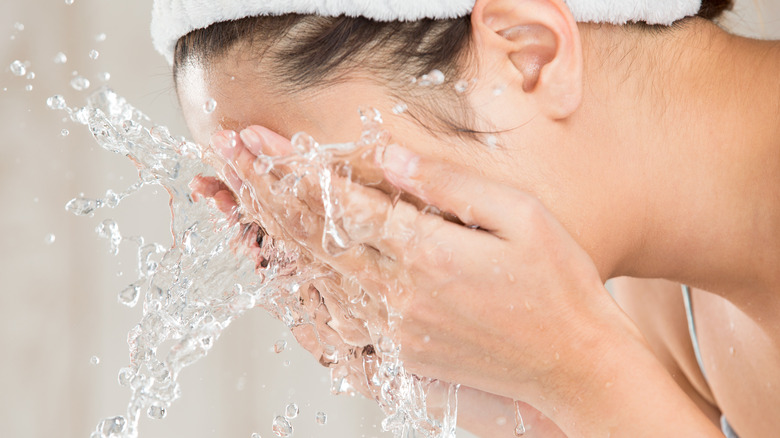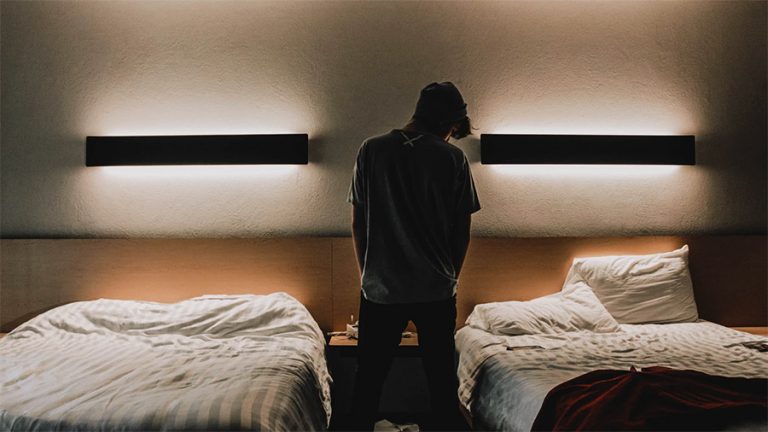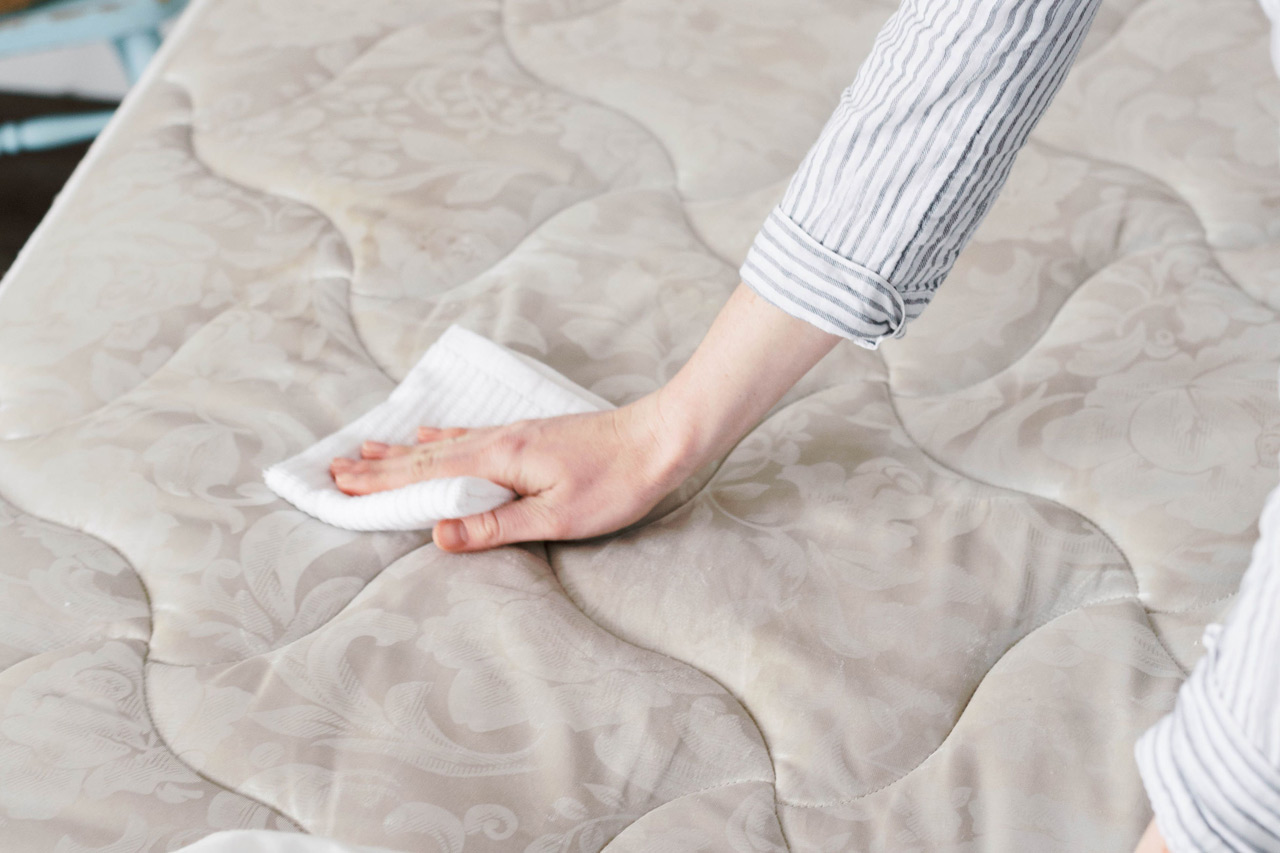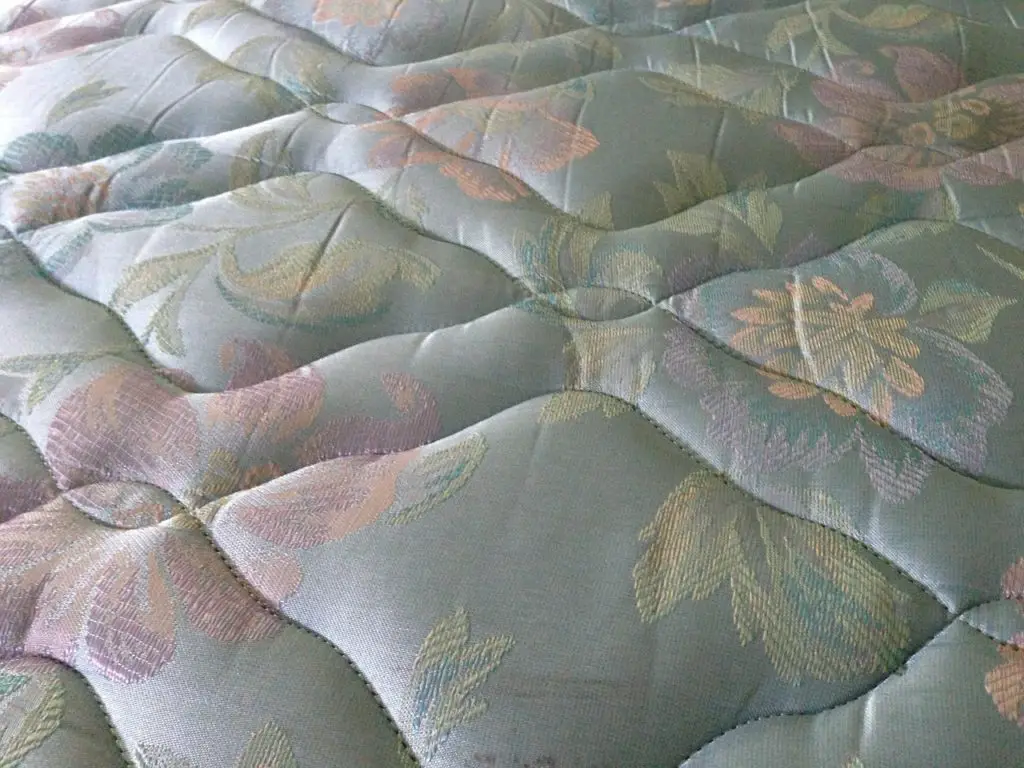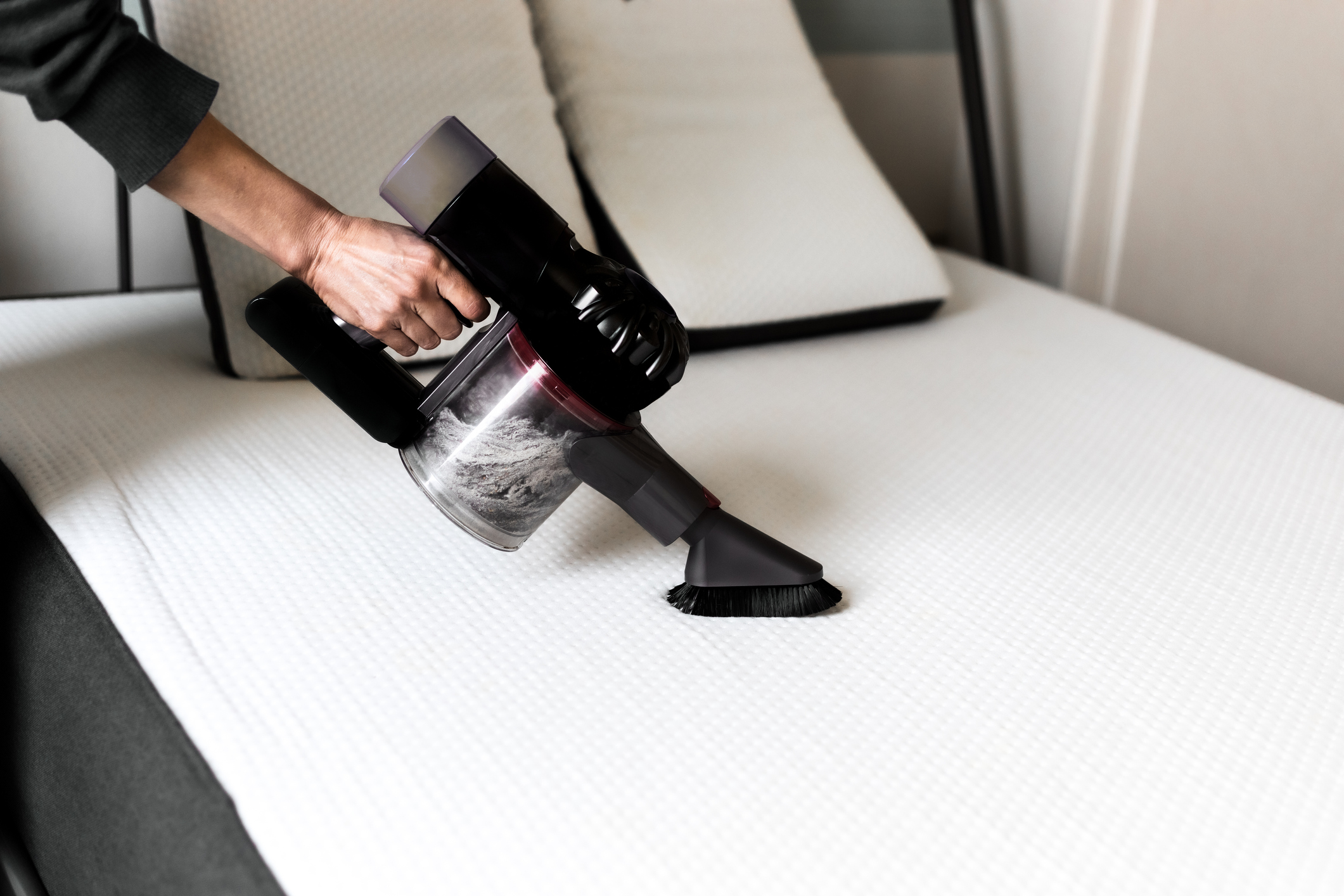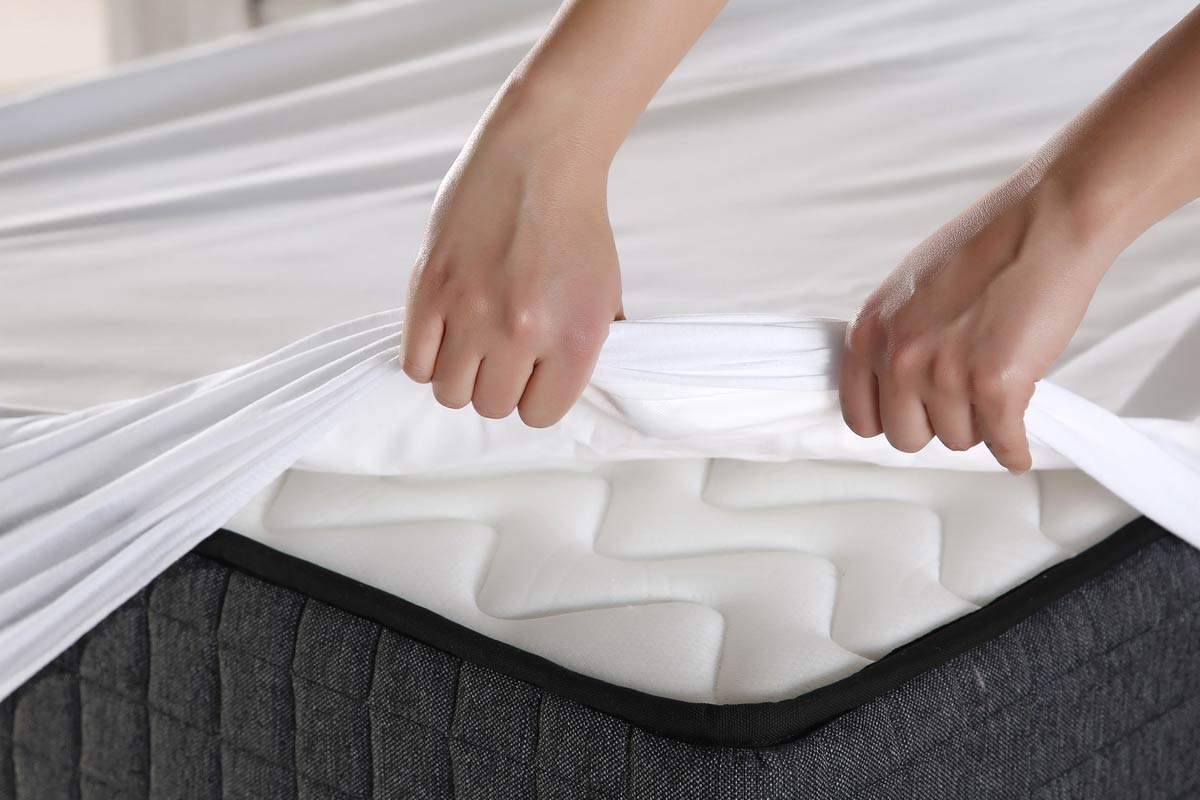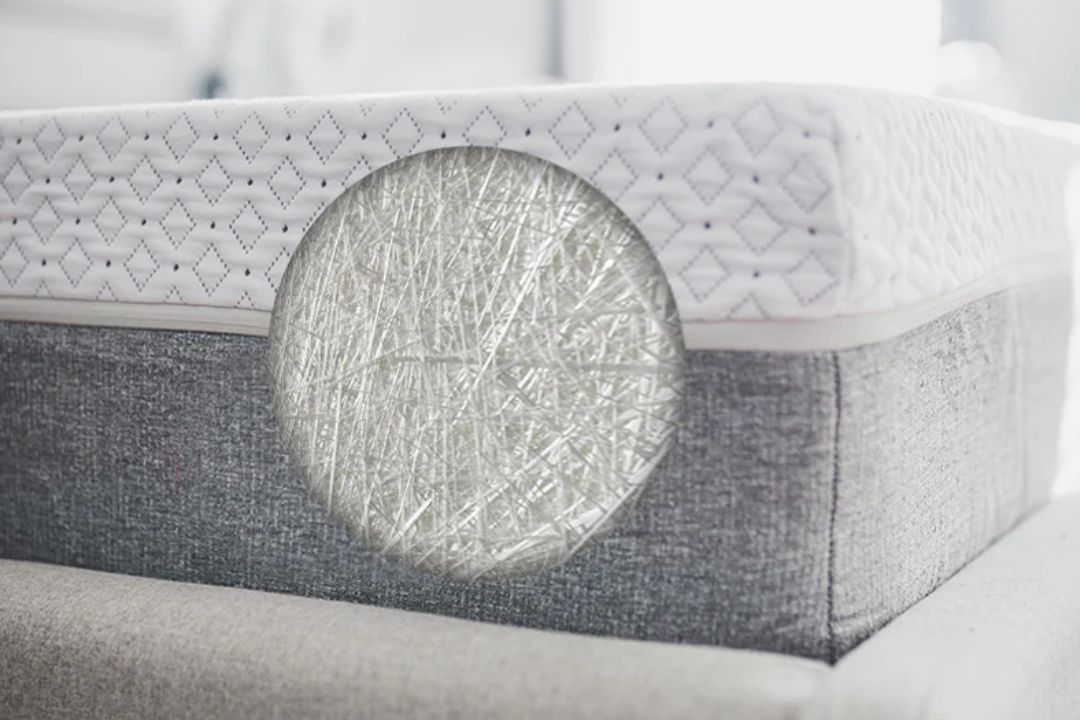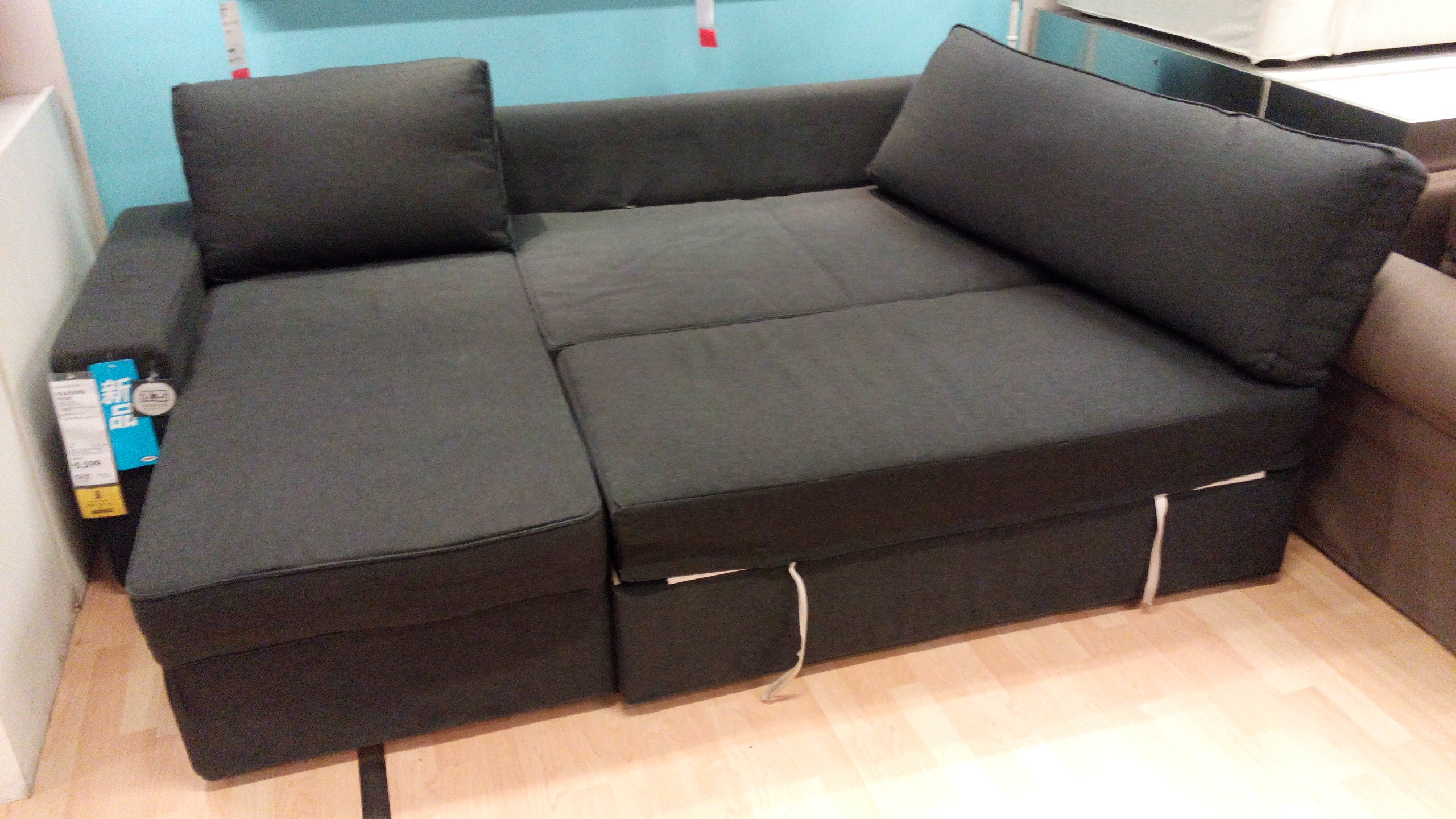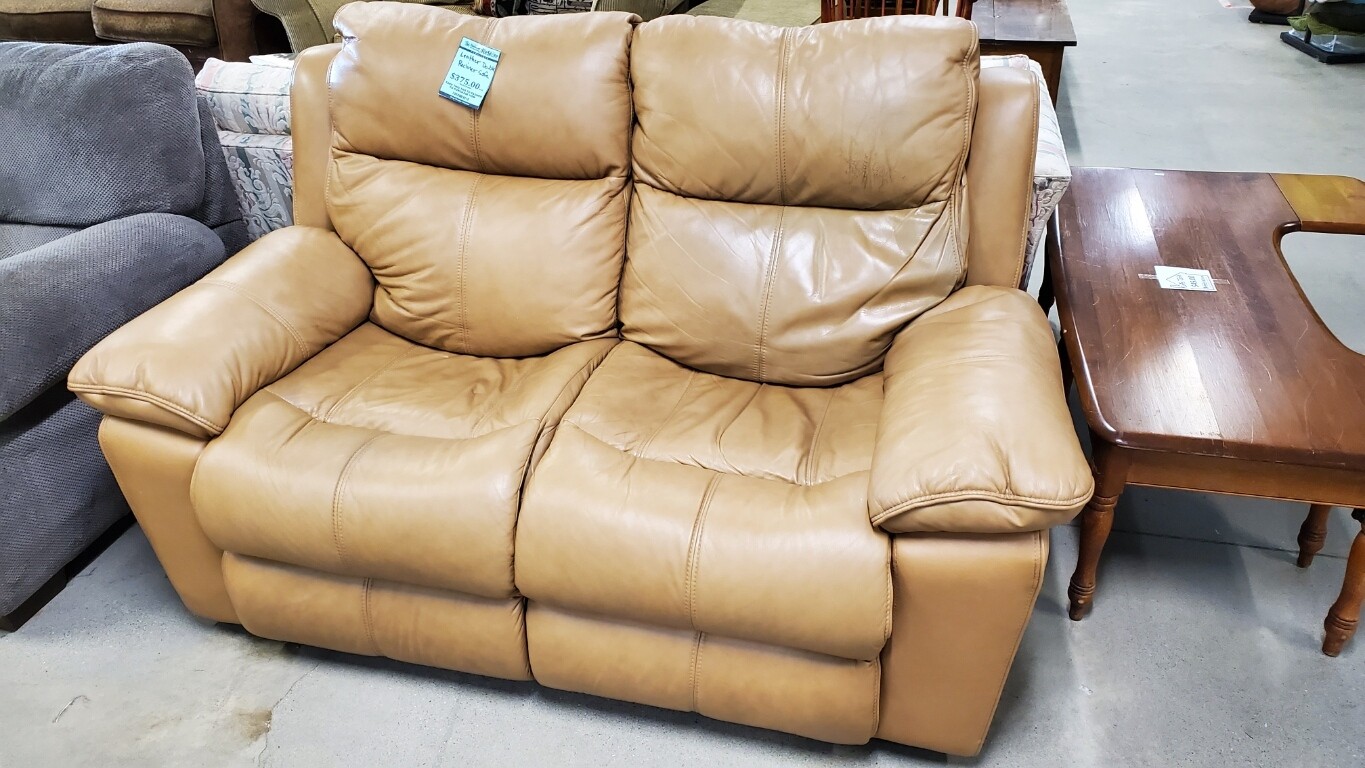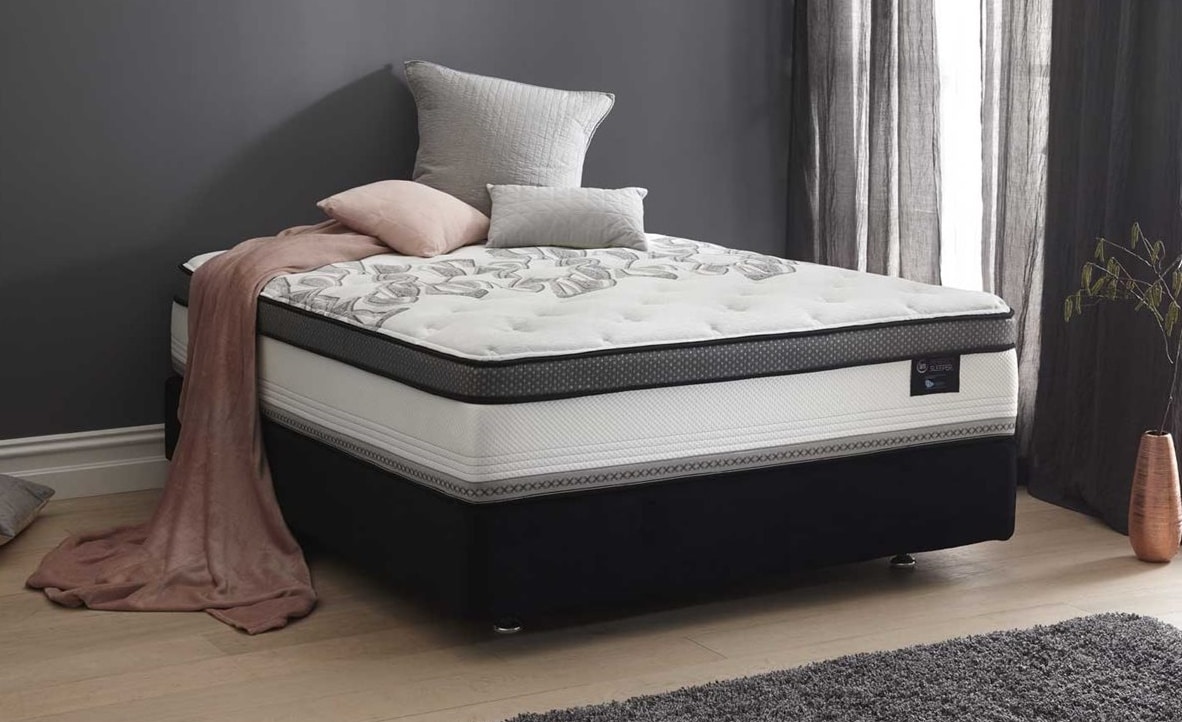Keeping your mattress protector clean is essential for maintaining a healthy sleep environment. Not only does it protect your mattress from spills and stains, but it also acts as a barrier against dust mites and other allergens. However, many people are unsure of how to properly clean their mattress protector. Below, we have provided a step-by-step guide on how to wash your mattress protector for a clean and fresh bed every night.How to Wash a Mattress Protector
Experts recommend washing your mattress protector at least once every two months. However, if you have allergies or pets, it is best to wash it more frequently. This will help to remove any dust, pet dander, or other allergens that may have accumulated on the surface.How Often Should You Wash Your Mattress Protector?
While most mattress protectors come pre-washed, it is always a good idea to wash your new mattress protector before using it. This will ensure that any chemicals or residue from the manufacturing process are removed, and it will also help to soften the fabric for a more comfortable sleep.Do You Need to Wash a New Mattress Protector Before Using It?
Cleaning your mattress protector is a simple process that can be done in just a few easy steps. First, remove the protector from your bed and shake off any loose debris. Then, spot clean any stains using a gentle detergent and a cloth. Next, place the protector in the washing machine, and add a small amount of mild detergent. Wash on a gentle cycle with cold water.How to Clean a Mattress Protector
Yes, most mattress protectors are machine washable. However, it is always best to check the care instructions on the label before washing. Some protectors may require a specific washing temperature or cycle. It is also important to use a mild detergent and avoid any harsh chemicals or bleach.Can You Put a Mattress Protector in the Washing Machine?
After washing, it is best to air dry your mattress protector. Lay it flat on a drying rack or outside on a clothesline. Avoid using a dryer as the high heat can damage the waterproof barrier and cause shrinking. If you must use a dryer, use a low heat setting and remove the protector before it is completely dry to prevent any damage.How to Dry a Mattress Protector
Not washing your mattress protector regularly can lead to a buildup of sweat, dead skin cells, and other bodily fluids. This can create an ideal breeding ground for dust mites and bacteria, which can cause allergies and affect the overall cleanliness of your bed. Additionally, not washing your protector can cause it to deteriorate faster, leading to the need for a replacement sooner.What Happens If You Don't Wash Your Mattress Protector?
If you have stains on your mattress protector, it is best to spot clean them as soon as possible. Use a gentle detergent and a cloth to gently scrub the stain in a circular motion. Avoid using harsh chemicals or bleach, as they can damage the waterproof barrier. For tougher stains, you can soak the protector in a mixture of water and mild detergent before washing.How to Remove Stains from a Mattress Protector
In addition to regularly washing your mattress protector, there are a few other things you can do to keep it clean and fresh. First, make sure to remove any spills or stains as soon as they occur. This will prevent them from setting in and becoming more difficult to remove. Also, consider using a mattress pad on top of your protector for added protection and to extend its lifespan.How to Keep Your Mattress Protector Clean and Fresh
Washing your mattress protector regularly is not only important for maintaining a clean and fresh sleep environment, but it also helps to prolong the life of your protector. By removing any buildup of sweat, dead skin cells, and other bodily fluids, you can prevent the protector from deteriorating and needing to be replaced sooner. Plus, a clean mattress protector means a cleaner and healthier bed for a better night's sleep.Why It's Important to Wash Your Mattress Protector Regularly
Why You Should Wash Your New Mattress Protector
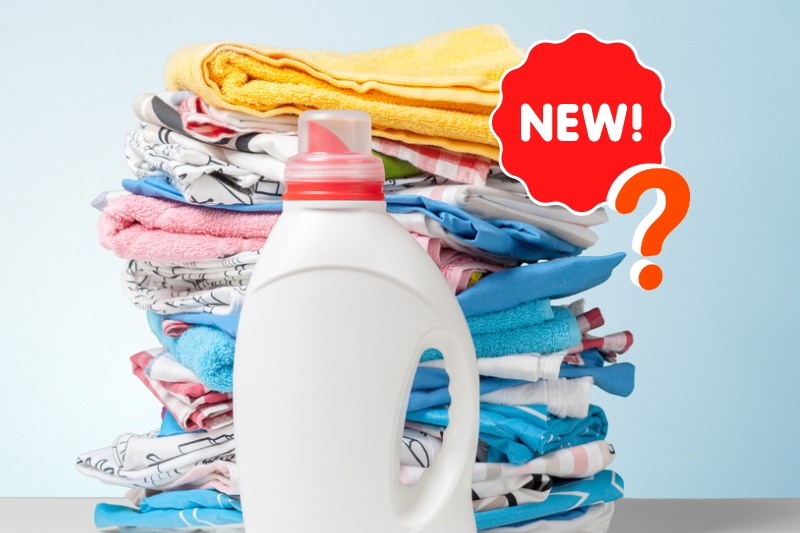
Protect Your Investment
 Buying a new
mattress protector
is a smart investment to protect your
mattress
from spills, stains, and wear and tear. However, like any other bedding item, it is important to regularly wash your
new mattress protector
to maintain its quality and prolong its lifespan.
Washing your new mattress protector
is a simple and easy task that can make a big difference in the longevity of your
mattress
.
Buying a new
mattress protector
is a smart investment to protect your
mattress
from spills, stains, and wear and tear. However, like any other bedding item, it is important to regularly wash your
new mattress protector
to maintain its quality and prolong its lifespan.
Washing your new mattress protector
is a simple and easy task that can make a big difference in the longevity of your
mattress
.
Remove Dust and Allergens
 Washing your new mattress protector
can help remove any dust or allergens that may have accumulated during the manufacturing and packaging process. These particles can cause respiratory issues and trigger allergies, leading to discomfort and disrupted sleep. By regularly washing your
mattress protector
, you can ensure a clean and healthy sleeping environment.
Washing your new mattress protector
can help remove any dust or allergens that may have accumulated during the manufacturing and packaging process. These particles can cause respiratory issues and trigger allergies, leading to discomfort and disrupted sleep. By regularly washing your
mattress protector
, you can ensure a clean and healthy sleeping environment.
Maintain Hygiene
 Our bodies naturally produce sweat and oil, which can seep into our bedding and create a breeding ground for bacteria and germs.
Washing your new mattress protector
on a regular basis can help maintain hygiene and prevent the buildup of these unwanted substances. This is especially important for those who suffer from allergies or have sensitive skin.
Our bodies naturally produce sweat and oil, which can seep into our bedding and create a breeding ground for bacteria and germs.
Washing your new mattress protector
on a regular basis can help maintain hygiene and prevent the buildup of these unwanted substances. This is especially important for those who suffer from allergies or have sensitive skin.
Prevent Stains and Odors
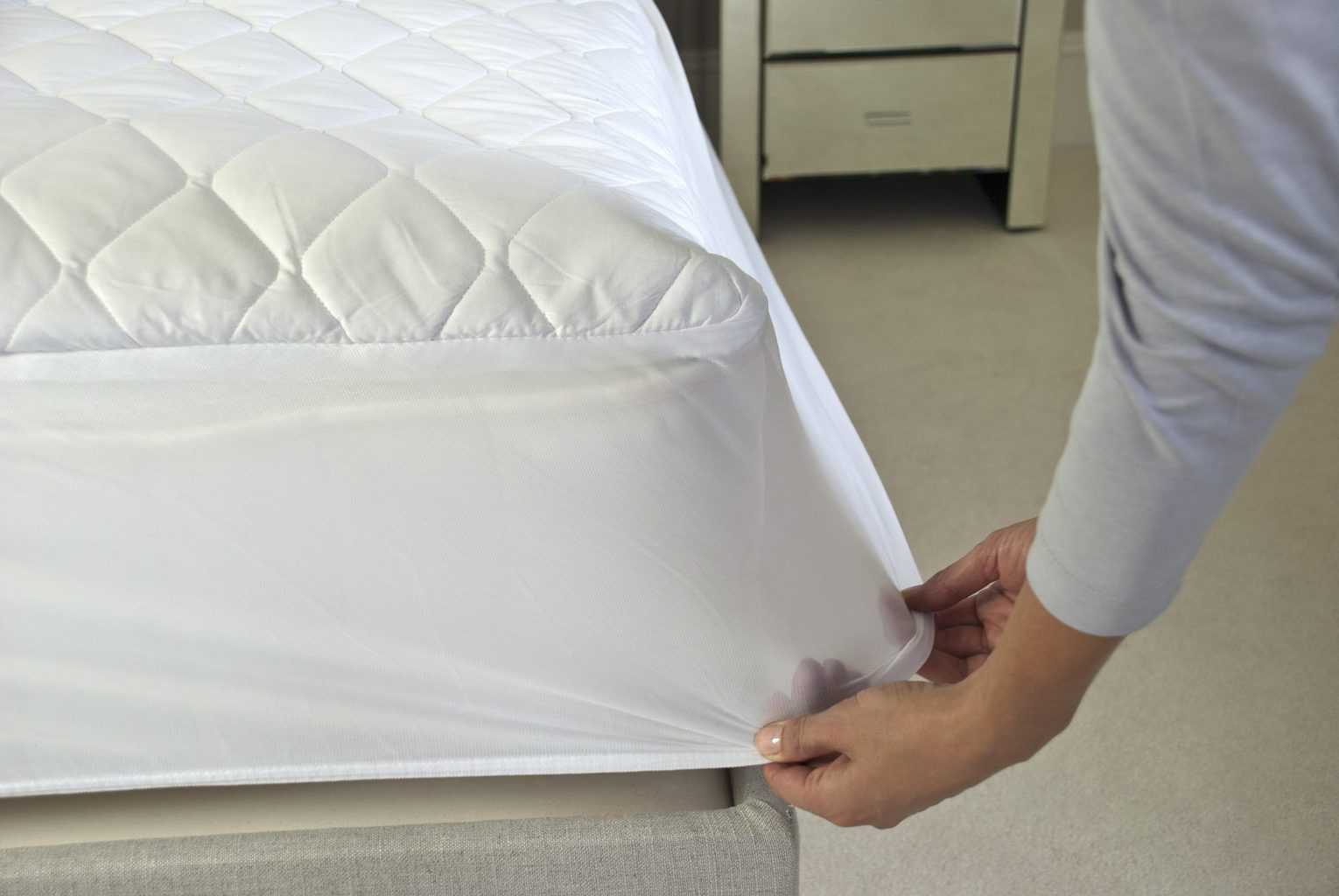 Spills and accidents can happen, even on a brand new
mattress protector
. By washing your
new mattress protector
regularly, you can prevent stains and odors from setting in and potentially damaging your
mattress
. This is especially important for families with young children or pets, as accidents are more likely to occur.
Spills and accidents can happen, even on a brand new
mattress protector
. By washing your
new mattress protector
regularly, you can prevent stains and odors from setting in and potentially damaging your
mattress
. This is especially important for families with young children or pets, as accidents are more likely to occur.
How Often Should You Wash Your New Mattress Protector?
 It is recommended to wash your
mattress protector
every 1-2 months, or more frequently if necessary. If you have allergies or sensitive skin, it may be beneficial to wash it every 2 weeks.
Washing your new mattress protector
is a simple process that can easily be incorporated into your regular laundry routine.
It is recommended to wash your
mattress protector
every 1-2 months, or more frequently if necessary. If you have allergies or sensitive skin, it may be beneficial to wash it every 2 weeks.
Washing your new mattress protector
is a simple process that can easily be incorporated into your regular laundry routine.
In Conclusion
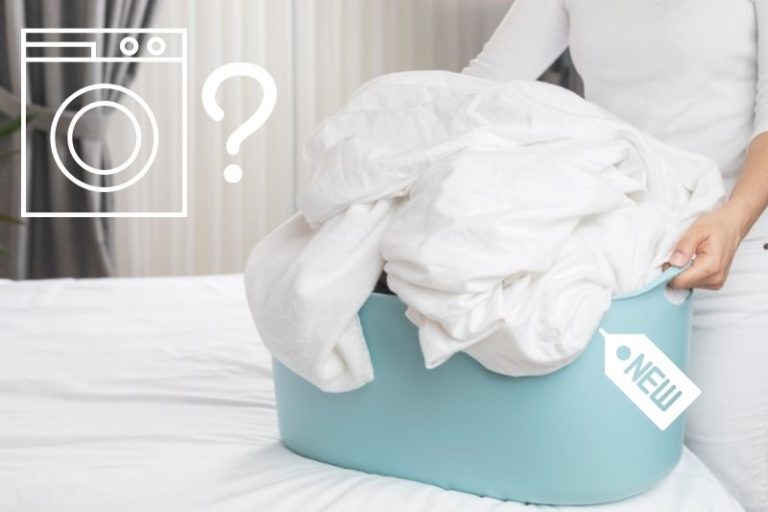 Washing your new mattress protector
is a crucial step in maintaining the cleanliness and hygiene of your bedding. By regularly washing it, you can protect your investment, remove dust and allergens, maintain hygiene, and prevent stains and odors. So next time you purchase a
mattress protector
, make sure to add
washing it regularly
to your list of household chores.
Washing your new mattress protector
is a crucial step in maintaining the cleanliness and hygiene of your bedding. By regularly washing it, you can protect your investment, remove dust and allergens, maintain hygiene, and prevent stains and odors. So next time you purchase a
mattress protector
, make sure to add
washing it regularly
to your list of household chores.






:max_bytes(150000):strip_icc()/how-to-wash-mattress-protector-5220415-hero-ef3d29e5dac34ab8a6482dc4e31a1252.jpg)


